CSIS on the interception of hypersonic weapons
On February 7, the American Center for Strategic and International Studies (CSIS) published the report "Complex Air Defense: Countering the Hypersonic Missile Threat". As the name implies, it deals with issues of protection against modern and advanced hypersonic weapons. The authors of the report determined the degree of various threats, and also proposed ways to counter and combat them.
New principles of interception
Of greatest interest in the CSIS report is Section 4, Exploiting New Failure Modes. It proposes and discusses several fundamentally new ways to deal with hypersonic missiles or warheads. At the same time, minimal attention is paid to traditional air defense and missile defense systems.
The authors note that the interception of a hypersonic target by traditional methods is extremely difficult. So, to hit a target with a direct hit, an anti-missile with increased accuracy and speed is required, but its success is not guaranteed. In this regard, alternative methods of influencing the target and its destruction are proposed.
A promising idea is the rejection of destruction by a direct hit and the transition to combat units that form a certain zone of continuous destruction. In this case, the anti-missile must use its warhead at the lead point, and the requirements for the accuracy of entering it are reduced. In addition, this method of defeat is able to compensate for the maneuvers of the target.
A zone of continuous destruction on the target's path can be created by a nuclear warhead or a conventional warhead with submunitions. In the latter case, even the smallest and lightest elements can be used to create a “dust wall” of the required density. It is possible to use several anti-missiles on one target - then several dangerous zones will appear on its way.
It is noted that non-nuclear methods of interception do not guarantee the instant destruction of the target. At the same time, when faced with a variety of damaging elements at hypersonic speed, the missile / warhead will receive various damage. They will lead to the destruction and destruction of the product, or, at least, will bring it from the calculated trajectory and disrupt the combat mission.
Directed Energy
According to CSIS, it is of interest to intercept using "weapons directed energy. Lasers and other systems of this class have the advantages of being relatively simple and cheap to use, do not encounter guidance problems, and so on. However, such weapons have insufficient power, can fire only in the line of sight, and their effectiveness is affected by the state of the atmosphere.
In general, combat lasers and other directed energy systems can be used in hypersonic missile defense. However, it will not be possible to build such a defense only on them. Directed energy weapons should be entrusted with work in the near zone - to finish off targets that have broken through other defense echelons.
As in the case of the "wall of dust", the laser can only deal damage. Further destruction of the target will occur due to high mechanical and thermal loads.
Modular anti-missile
CSIS also offers an interesting version of the missile defense system. Its basis should remain an anti-missile with high flight performance, receiving a modular combat load. It can carry combat stages of kinetic interception, incl. several, a fragmentation warhead or container with "dust", a reconnaissance module or a mobile directed energy emitter.
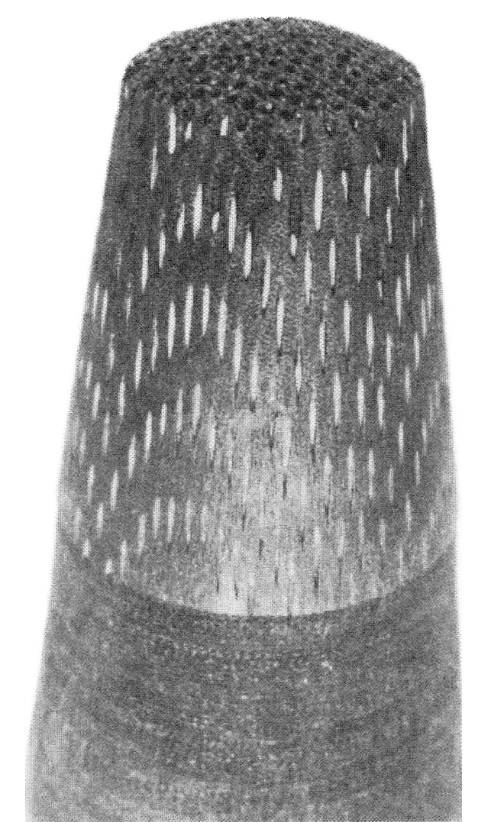
Modular missiles with different loads can be on duty at the same time. In this case, the missile defense system will be able to use ammunition that most closely matches the detected target and is able to show the best efficiency. In addition, it becomes possible to relatively quickly create and place in positions new modifications of anti-missiles with a different payload.
However, this concept is not without drawbacks. First of all, it still has high requirements for the characteristics of the rocket. Regardless of the load, the anti-missile must ensure fast and accurate delivery of warheads to a given point in space. In addition, modular loads complicate the complex as a whole, and hence its mass production and deployment.
Not only interception
The report deals not only with the interception and destruction of hypersonic weapons. Section 5, "Reformulating the Mission," suggests other ways to counter and defend. The application of these ideas does not prevent the strike of a potential enemy, but reduces its effectiveness and reduces negative consequences.
First of all, CSIS draws attention to the complexity and high cost of hypersonic weapons and means of protection against them. This means that the enemy will not be able to attack all the desired targets, and the defending side will not be able to provide missile defense for the entire territory and objects. Therefore, it is necessary to understand what targets the enemy will choose - and ensure their protection. This also implies the need to track foreign progress in order to build an objective picture and understand the threats.
Passive protection methods are needed. Important objects should be hidden by dispersion, camouflage, decoys, etc. - to confuse preliminary reconnaissance and homing missiles. It makes sense to reconsider the principles of building military infrastructure in the direction of downsizing and increasing stability.
The importance of an integrated approach is noted. ABM and organizational measures should complement each other, closing weak spots. In addition, anti-missile systems should not exist on their own - they need to be included in the overall structures of the armed forces for full-fledged joint work.
Ideas for the future
At the moment, hypersonic missiles and warheads are extremely dangerous weapons. The interception and destruction of such means of attack using modern defense systems is extremely difficult or even impossible. However, it is obvious that hypersonic weapons are not fundamentally invulnerable - and sooner or later, appropriate air defense and missile defense systems must appear.
A recent CSIS report shows that defense against hypersonic weapons is entirely possible. At the same time, the desired level of missile defense effectiveness can be obtained only with the use of completely new ideas, decisions and principles. It is curious that some of these concepts and technologies have already been used or are being used in various projects, incl. in the field of missile defense. Their further development and adaptation to the specifics of hypersonic weapons will lead to the desired results.
Obviously, not only analysts from CSIS are dealing with issues of protection against hypersonic systems. Leading countries, while developing such weapons, are simultaneously working on advanced defense systems. At the same time, technologies for protecting weapons from defense means and overcoming missile defense systems should also be created. However, for obvious reasons, they prefer not to report about such developments.
When real means of defense against hypersonic weapons appear, what their appearance will be, and what principle of interception will be used is unknown. The report of the Center for Strategic and International Studies shows that the army and the developers of such systems have a fairly wide choice and can use a variety of solutions and principles, depending on the requirements, needs and wishes.
- Ryabov Kirill
- CSIS
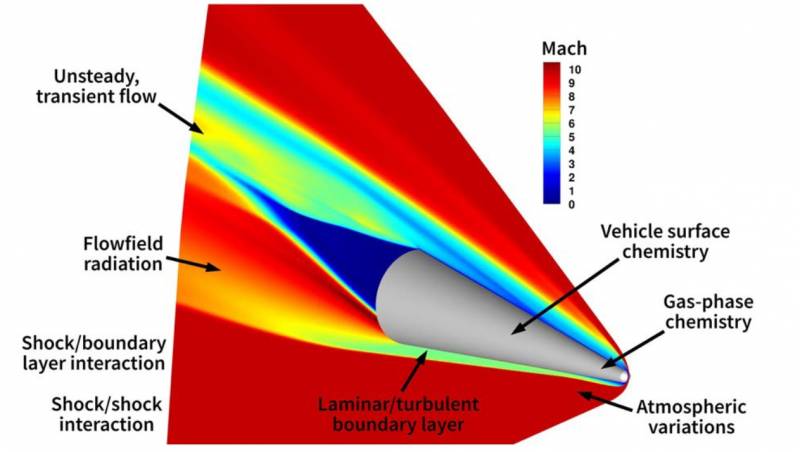
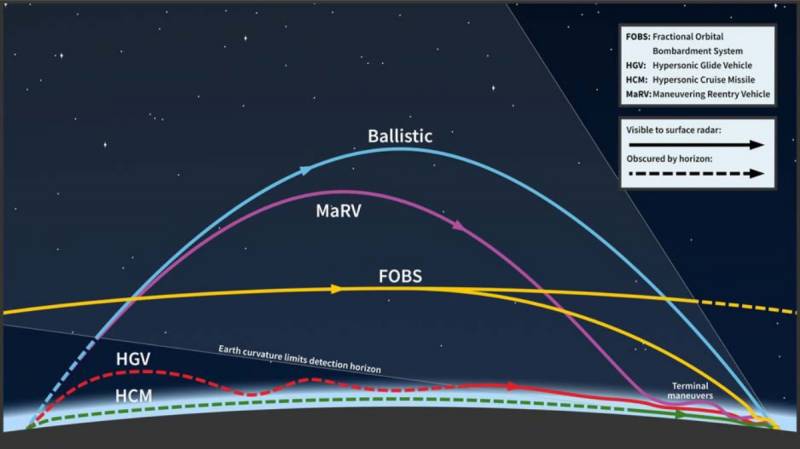
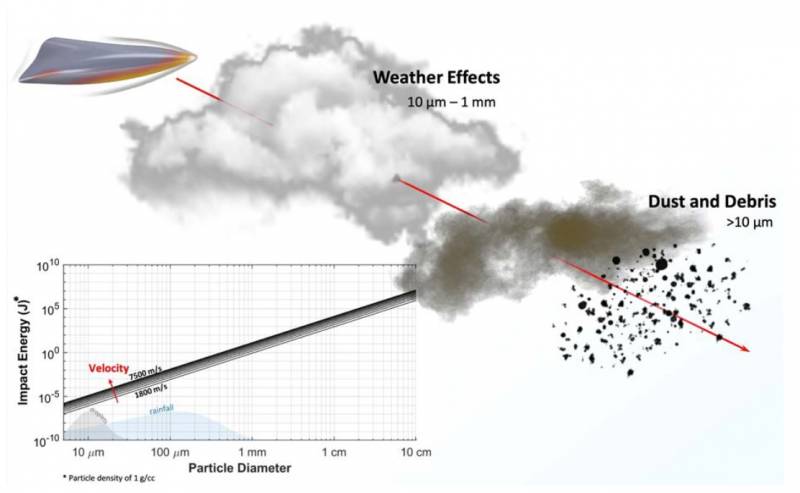
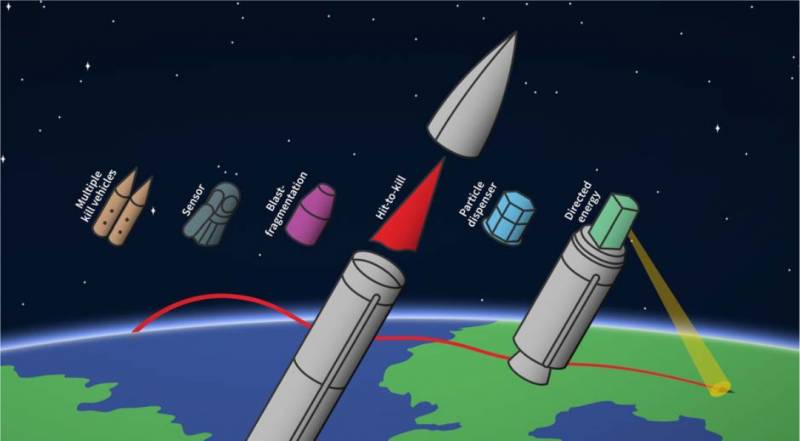
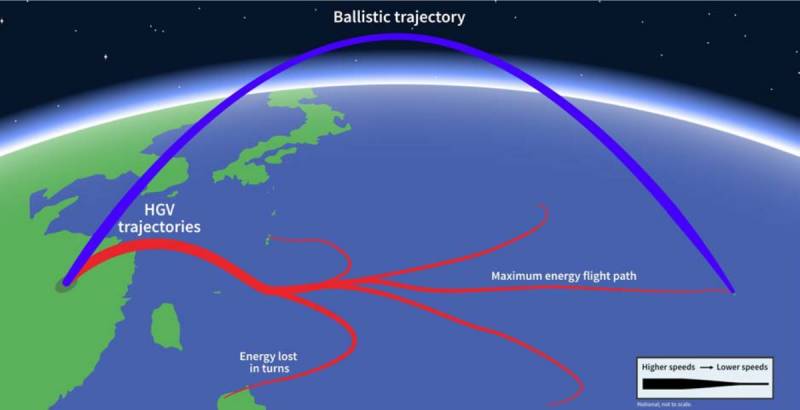
Information